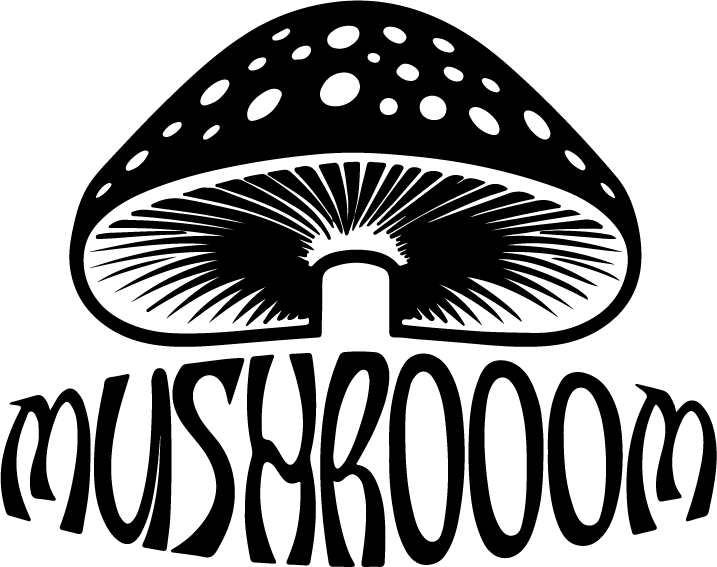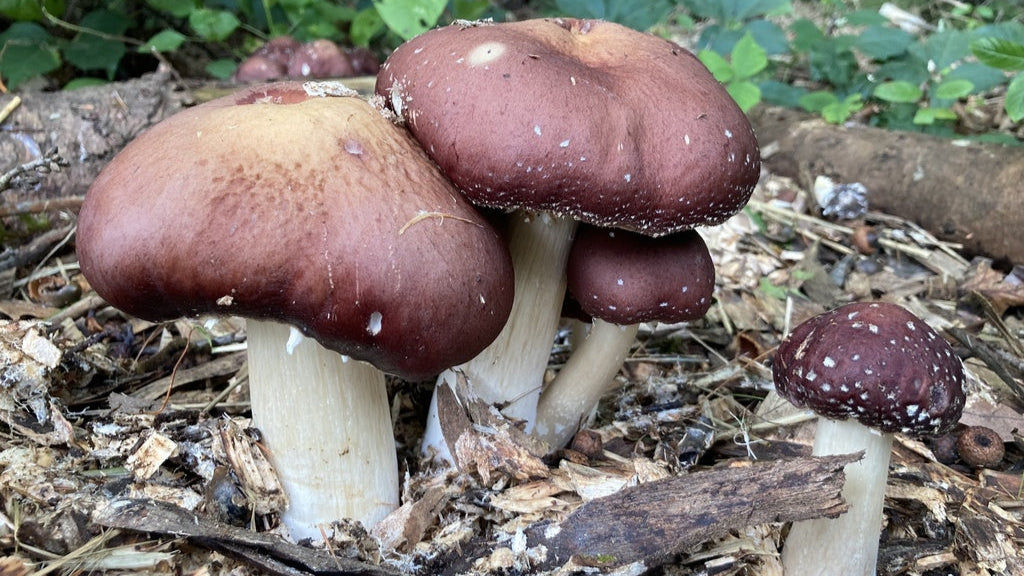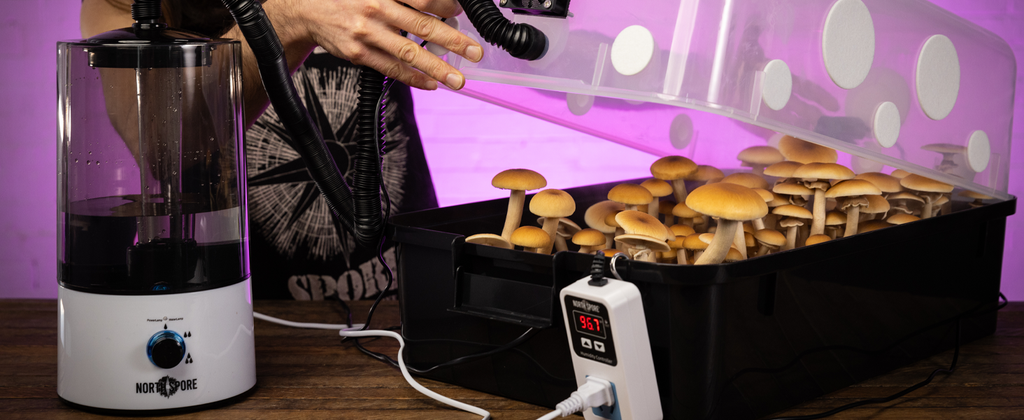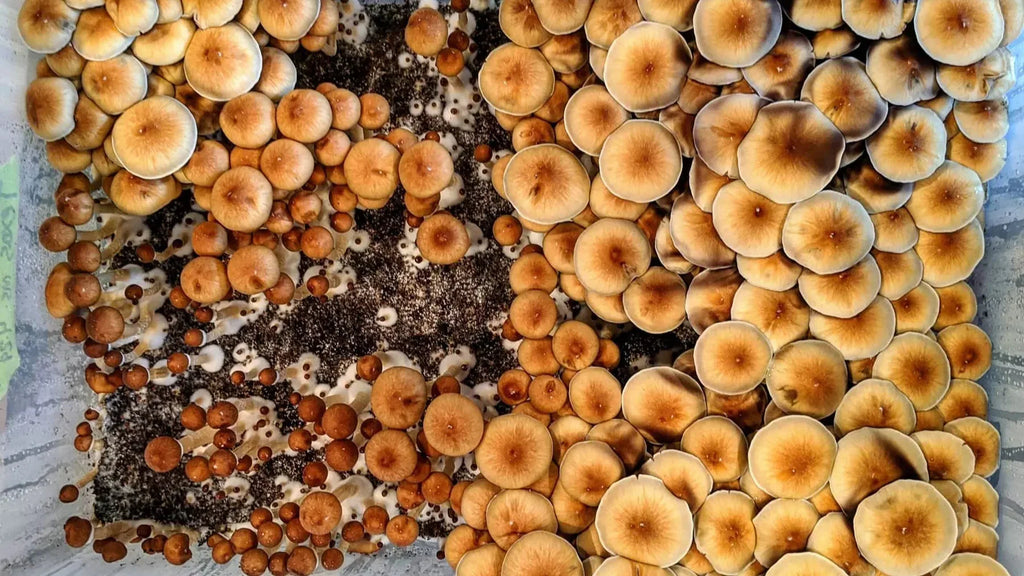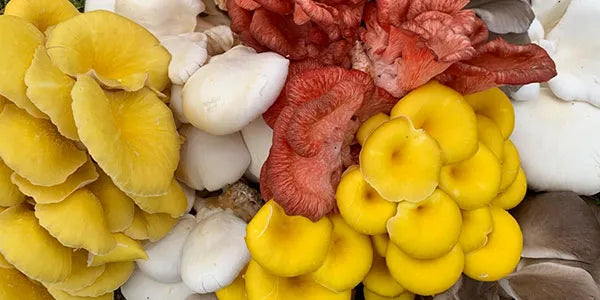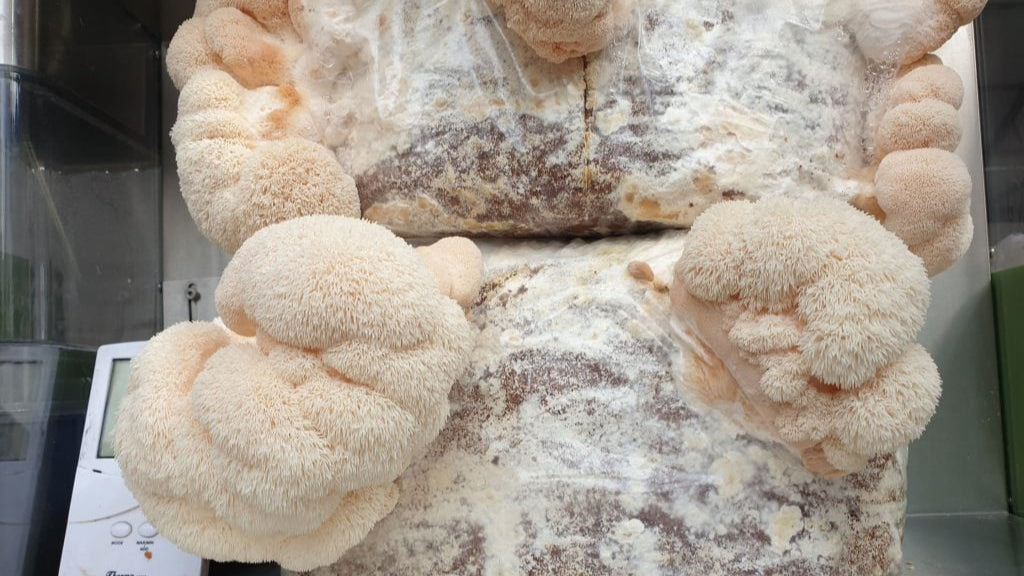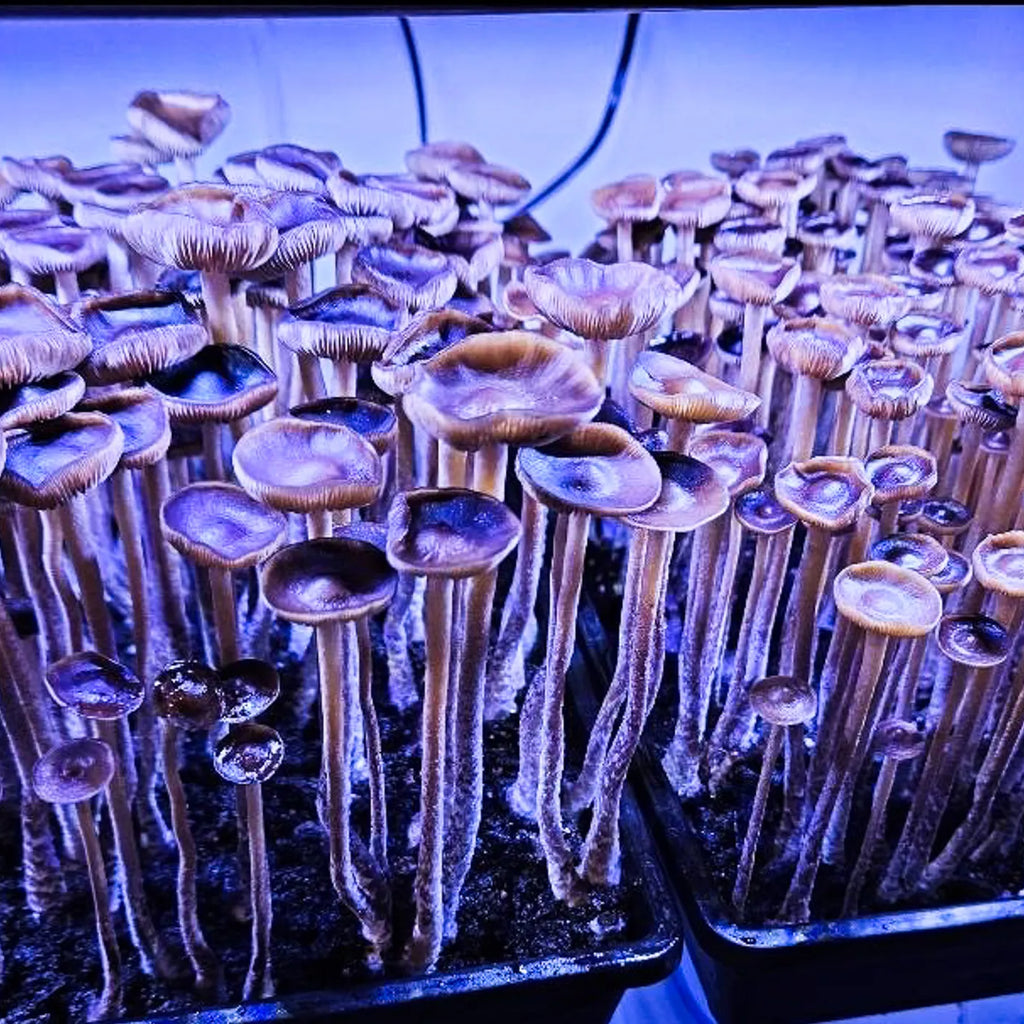
Why You Shouldn’t Mix Mushroom Projects in the Same Space

When you first start growing mushrooms, it’s tempting to run multiple projects at once — maybe a few jars of one strain, a tub of another, or even a different mushroom species altogether. While the excitement is real, mixing mushroom projects in the same space is a common beginner mistake that can lead to contamination, cross-pollution, and failed harvests.
If you’re serious about getting healthy yields, here’s why keeping projects separated is one of the smartest moves you can make.
The Problem With Mixing Mushroom Projects
Mushrooms release microscopic spores into the air as they grow. These spores can travel easily through a room, landing in other tubs or jars. When you grow multiple projects side by side:
Cross-contamination risk skyrockets. A moldy jar can spread spores to healthy projects nearby.
Different species/strains compete. Spores from one strain can land on another, causing stress or stalling.
Harder to identify problems. If you see contamination, it’s tough to figure out which project caused it.
In short: one bad project can ruin everything in the same space.
Why Beginners Should Be Extra Careful
For first-time growers, sterile technique is already tricky. Even with perfect cleaning and pressure cooking, spores from mold (Trichoderma), bacteria, or other mushrooms in the same room can sneak in. Beginners often think contamination comes from one jar or step, when in reality it spreads silently between multiple projects sitting too close together.
Best Practices to Keep Your Grows Safe
1. One Project at a Time (for Beginners)
If you’re new, focus on a single strain or species until you’ve mastered the basics. This makes troubleshooting easier and reduces the chance of cross-contamination.
2. Separate Growing Areas
Dedicate different shelves, closets, or even rooms for separate projects.
Never keep contaminated jars near healthy ones — toss them immediately.
3. Control Airflow
Avoid using fans in grow areas, as they push spores and contaminants around.
If possible, use filtered air exchange (FAE) in each separate space.
4. Label and Track Projects
Mark each jar/tub with strain and inoculation date.
If something goes wrong, you’ll know which project caused the issue and can isolate it quickly.
5. Clean Between Projects
Wash hands, change gloves, and sanitize tools before moving from one project to another.
Treat each grow like a separate “operation” to reduce the chance of spreading contaminants.
Separation Saves Your Grow
Mixing mushroom projects in the same space might feel efficient, but it’s actually one of the fastest ways to sabotage your success. Spores don’t respect boundaries — once airborne, they can land anywhere. By keeping projects separate, you protect your grows, increase yields, and make the learning process much smoother.
For beginners especially, less is more. Master one project, then expand — safely.
